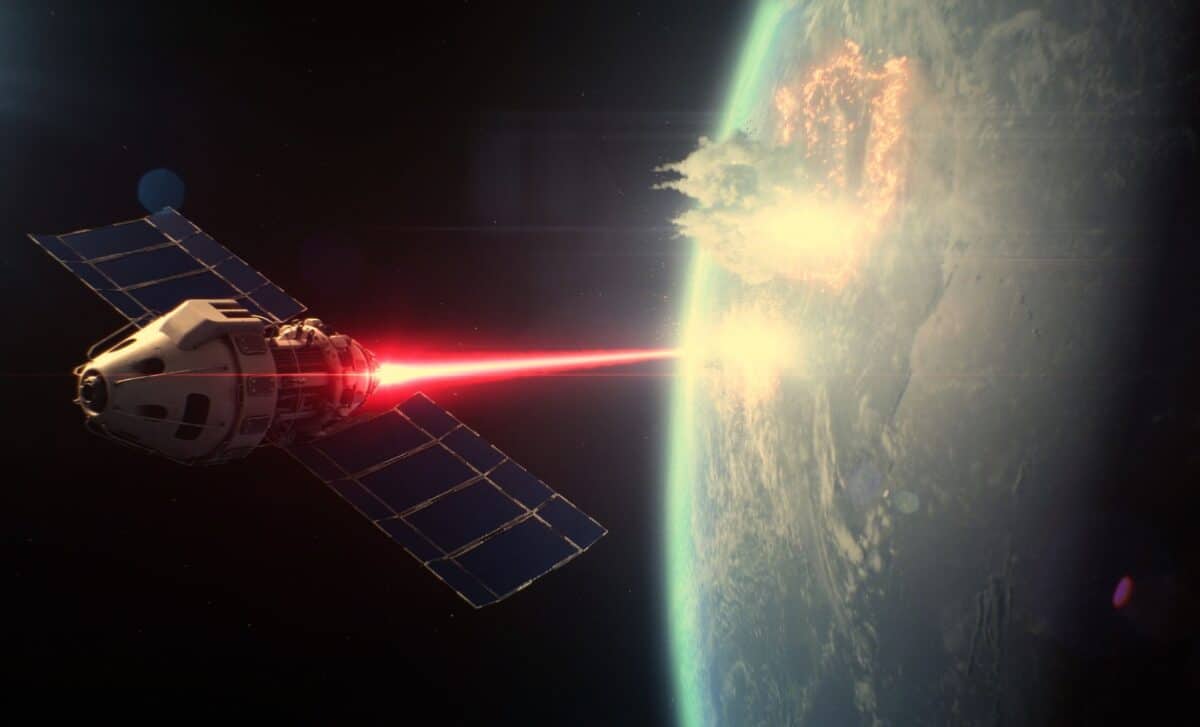In a remarkable milestone for space exploration, China has successfully executed a precision laser beam fired from Earth to the Moon, covering a distance of 80,778 miles (130,000 kilometers) and returning in broad daylight. This significant accomplishment, reported by the Deep Space Exploration Laboratory (DSEL), marks the first time an Earth-to-Moon laser-ranging shot has been successfully conducted under sunlight. This achievement is poised to enhance China’s ambitions for lunar exploration and deep-space missions, playing a crucial role in supporting future lunar communications and navigation networks, including a planned crewed Moon landing by 2030.
Advancements in Earth-Moon Communication Technology
Laser-ranging technology has been acknowledged as the gold standard in tracking satellite orbits due to its centimeter-level measurement accuracy. Previously, this technique was restricted to nighttime operations because of solar glare interference. However, during a two-day experiment on April 26-27, 2025, the DSEL successfully sent laser pulses to the Tiandu-1 satellite, which was positioned one-third of the way to the Moon. This breakthrough signifies a fundamental change in space technology, as conducting precise operations in daylight opens new avenues for continuous data collection and orbital measurements. The Tiandu-1 satellite, launched in March 2024, is part of a fleet designed to create a comprehensive Earth-Moon communication and navigation network.
The Challenge of Hitting a Moving Target
Achieving such precision in daylight laser ranging is an extraordinary task. DSEL likened the challenge to aiming at a single strand of hair from a distance of over 6.2 miles (10 kilometers), all while the satellite travels through cislunar space at high speeds. This precision not only requires state-of-the-art technology but also advanced tracking capabilities. The ability to obtain measurements during daylight means that China can gather orbital data every time the Tiandu-1 passes within view, thereby significantly increasing the frequency of usable measurements. Consequently, this technology enhances long-baseline positioning, which is vital for future deep-space missions.
Enhancing China’s Lunar Aspirations
This achievement holds significant importance for China’s lunar goals. It particularly bolsters the operational capabilities of the Queqiao constellation, which functions as a relay and navigation network for lunar endeavors. The constellation is designed to provide consistent communication, precise timing, and autonomous navigation support for lunar landers, rovers, and potentially astronauts in the future. The satellite laser ranging system will be essential for planning and executing missions, improving crucial elements from landing guidance to rover fleet management. It will also aid in the exploration of permanently shadowed lunar craters, areas that are rich in water ice and critical for sustained lunar exploration.
Pushing Technological Boundaries
The laboratory noted to CCTV that DSEL’s success in daylight operation “expands the limits of the technology,” underscoring the achievement’s significance. Precision measurements under sunlight were once deemed impractical due to the challenges of solar interference; however, with the advent of innovative techniques, researchers can now measure distances between Earth and the Moon whenever the satellite is in view. This breakthrough significantly increases both the frequency and quantity of data collected, paving the way for further developments in space exploration and potentially enabling more frequent and accurate missions to the Moon and beyond.

